Public speaking fear is well known. As Jerry Seinfeld has said, “According to most studies, people’s number one fear is public speaking. Number two is death. Death is number two! This means, to the average person, if you go to a funeral, you’re better off in the casket than doing the eulogy.”
Even those who are not afraid of public speaking get nervous from time to time. Just remember the words of Mark Twain: “There are two types of speakers: those that are nervous and those that are liars.”
Being nervous is completely natural. I am always a bit nervous whenever I have to speak in public. The adrenalin is flowing and I want to do a good job. But after years of practice, I am able to channel that nervous energy in a constructive way and the audience doesn’t see the nervousness. I relish the opportunity to speak at every occasion because it is another chance to pass a message to people and it is another chance for me to improve.
Public speaking fear is personal
Having worked with thousands of people over the years, I have noticed an interesting phenomenon. While there are those who are extremely nervous in any speaking situation, more often than not, people tell me that they are only really nervous in certain specific situations. And those situations are usually based on two criteria: the number of people in the audience and how well the speaker knows those people.
I have set out different possibilities in the grid below.
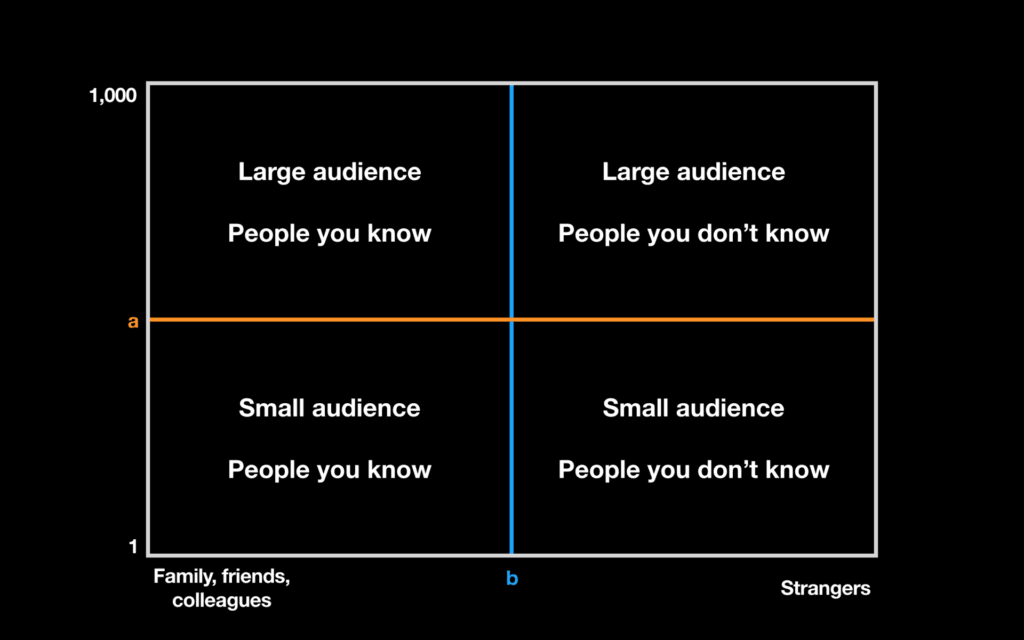
The vertical axis on the left measures the number of people in the audience. It starts with one person—because it’s not public speaking if there is nobody in the audience—and goes to 1,000. The number 1,000 is arbitrary; it could have been 500 or 5,000. I just wanted a number that clearly represents a large audience. The more important factor is orange line “a”.
Orange line “a” represents the number beyond which a “small” audience become a “large” audience for a speaker. It is entirely subjective. For some, an audience of 25 is a large audience; for others, an audience is not large unless there are at least 75 people. There is no single number and there is no wrong number; it depends on the speaker.
The horizontal axis represents how well the speaker knows the audience. At the extreme left, are people we know the best: family; friends; colleagues. At the extreme right are complete strangers.
Blue line “b” represents the dividing point between an audience that the speaker knows and an audience that the speaker doesn’t know. It cannot be pinpointed like orange line “a” because it is not easily quantified. A speaker might know the audience a little, but not well. He might know some of the people, but not all of them. Again, it is entirely subjective. In general, I think of blue line “b” as the dividing point between an audience where I know the majority of the people and an audience where the majority of people are strangers.
Thus, we have the following “speaking quadrants”:
- Small audience / People you know
- Small audience / People you don’t know
- Large audience / People you know
- Large audience / People you don’t know
People often tell me that they are fine when it comes to speaking to certain quadrants but not others. Some people enjoy speaking to an audience they know but are fearful of strangers; for others, it’s the opposite. Some people like large audiences but are very nervous in front of small, intimate groups. Others are fine up to 15 or 20 people but start to seize up in front of larger audiences.
Again, it is entirely personal. The question is: How can we be more comfortable speaking in those quadrants that are problematic? The answer: Practice!
Become comfortable in any quadrant of the grid
Public speaking is a skill like any other; the more you do it, the better you will become and the more comfortable you will feel. And, getting comfortable speaking in one quadrant should help you feel more confident in the others. Nevertheless, to be truly confident in all four quadrants of the public speaking fear grid, you need to speak in all four quadrants. Below are some suggestions about ways in which to get practice in each.
Small audience / People you know
- Practice a speech in front of your family.
- Practice a work presentation in front of a few colleagues.
- Give a presentation to a longstanding client.
- Toast your friends at a bar.
- Give a speech at a Toastmasters club (assuming the number of participants constitutes a small audience for you and you know most of the people).
- Host a dinner party and play Rhetoric – The Public Speaking Game™ with your friends.
Small audience / People you don’t know
- Practice a work presentation in front of a colleagues from a different department whom you don’t know (or don’t know well).
- Give a speech at a Toastmasters club (assuming the number of participants constitutes a small audience for you and you don’t know most of the people).
- Strike up a conversation with people on the train or at the bus stop or on an elevator.
- Try your hand at stand-up comedy at an open mike session.
- Join a local business networking group and introduce yourself at an event.
- Look for speaking opportunities on sites such as Meetup, Glocals and Eventbrite.
Large audience / People you know
- Practice a work presentation in front of a few colleagues.
- Give a toast to friends at a bar.
- Give a speech at a Toastmasters club (assuming the number of participants constitutes a large audience for you and you know most of the people).
- If you are a member of a church or other religious institution, do the readings at a service.
Large audience / People you don’t know
- Offer to speak at an event in your community.
- Offer to give a talk at your local chapter of an organization such as Rotary, Lions Club or the Chamber of Commerce.
- Give an educational talk at your local university.
- Apply to speak at a conference on your area of specialty.
- Try your hand at stand-up comedy at an open mike session.
- Apply to give a TED or TEDx Talk.
- Compete in a Toastmasters speech contest. If you are successful, you will have the chance to compete in front of progressively larger audiences.
Of course, there are other options in addition to those listed above. Please feel free to share your ideas in the Comments section below. The goal is to make a conscious effort to speak in those quadrants that make you the most uncomfortable. When we move toward the things that scare us in life, we experience our greatest personal growth.
So if you don’t like speaking in a certain quadrant, why don’t you make a plan to do so in the next two months? If you do, you are on your way to getting off the grid.


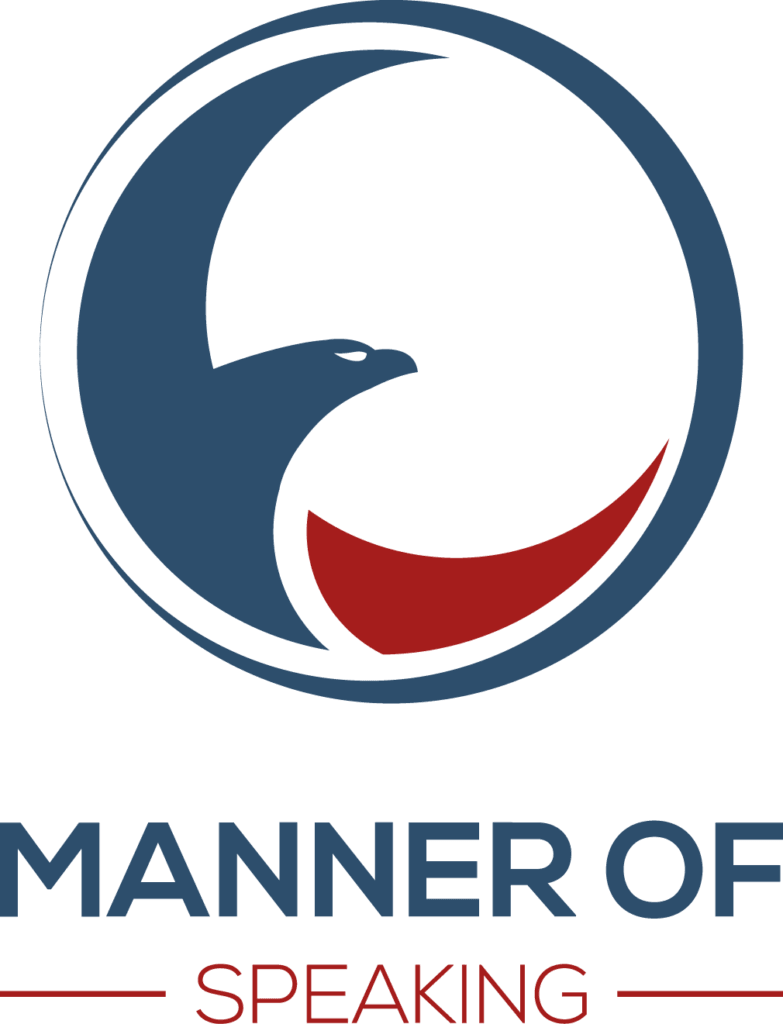




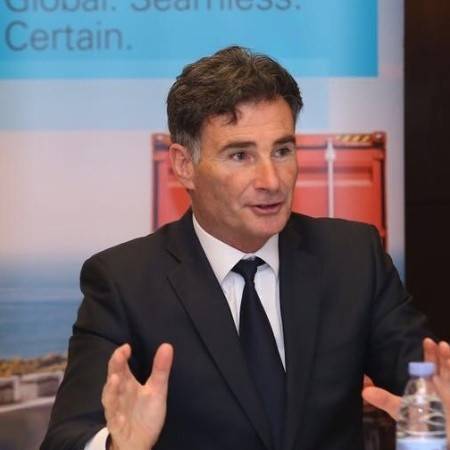

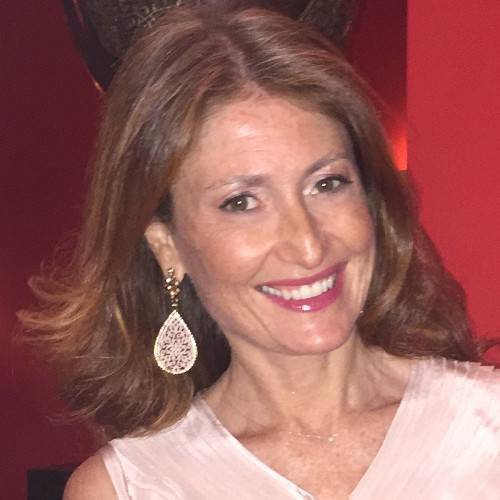
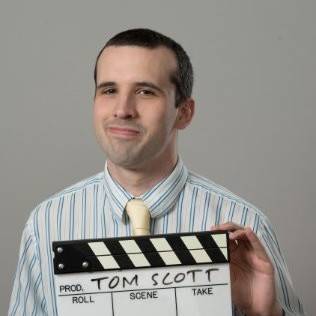

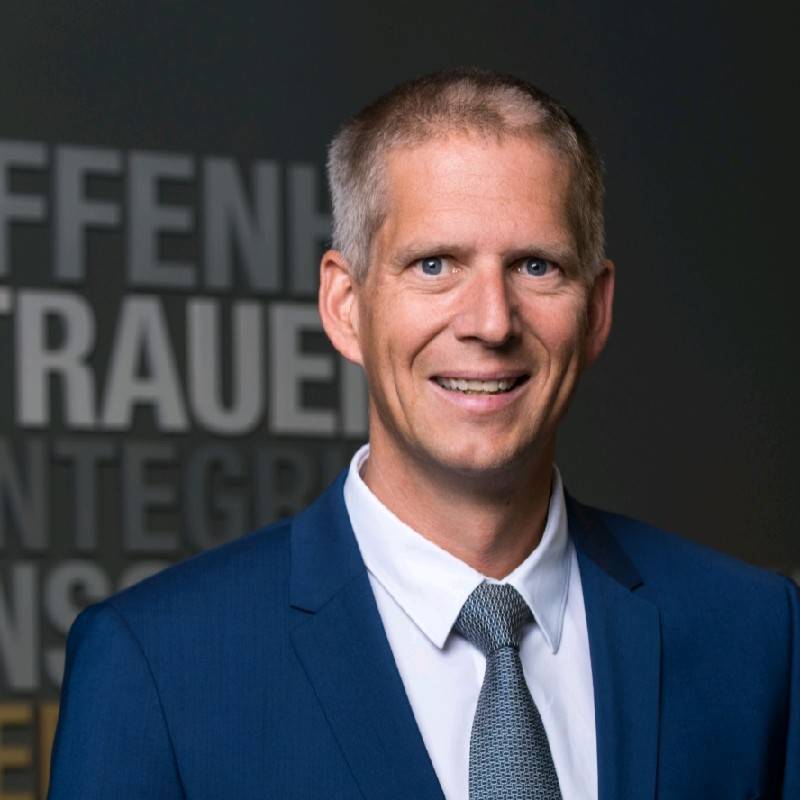

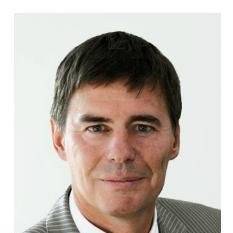
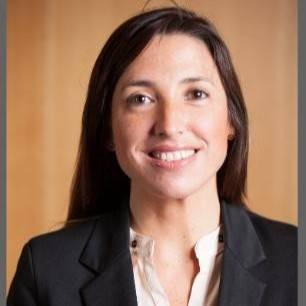
This is a useful way of looking at nervousness. It really helps to break the problem down like this, so you start to recognise that some types of speaking make you less nervous than others.
I particularly like the advice to stretch yourself into specific quadrants where you feel more fear. Thanks for sharing.
Readers here might like to try these 6 tips for reducing nerves.
Thanks, Craig. It’s a simplification to be sure, but a useful one. Thanks for sharing your post. Good tips. You know that Amy Cuddy’s work has been challenged and others were unable to replicate her results. Still, I also share the exercise with my clients because even if it is the placebo effect at work, who cares? And, what have you got to lose? Two minutes of posing in your office or in the washroom.
Yes, I’ve been meaning to add a note (about the more recent research) to my post. Though as you say, I’ve tried her technique myself, and the placebo affect seems to be alive and well!
Hi John, hope you remember me 🙂
Being everything you said very true, there is another factor very important in my experience. If I know that the audience considers me an expert and they aren’t, I fell very confident about myself and I’m not nervous at all, regardless which quadrant better describes my speech. It’s the kind of relationship professor/students at the university. If I’m among peers, than the rule of the quadrant applies and I fell more comfortable with a bigger audience than with a smaller one, better with unknown people. That’s why, at the end, I’m more nervous when I speak in my Toastmasters club than in other places… 🙂
Thanks for sharing your experience, Hattori. Yes, the level of the speaker’s experience (real and perceived) is also a factor. And, there are other factors as well. I limited the grid to size and familiarity with the audience because in my experience, those are the two factors about which people speak the most. And, the more factors you add, the more complex and unworkable the grid becomes!
Love the grid. What a nice way to visually break down troublesome areas when it comes to public speaking. Thanks for sharing!
Many thanks for the comment, Alexandra. All the best for your speaking in 2018!
Hi John, great post! I’ve never thought about giving a speech to a particular quadrant 😀 but truth is, there must be some system for speakers, how they can improve. I think you’ve figured it out! 🙂 I’ve just started a web focused on giving great speech, presentation, being confident in interaction and communication. Maybe you will like it! 🙂
Hi Bára. Many thanks for the comment. I’m glad you enjoyed the post. I’m not sure if I have figured out the system but the quadrant approach has helped me think through some ideas related to public speaking and nerves. Best of luck with your new website!
John I have just discovered your site and I love it. This is all new to me and I feel I have tapped into a goldmine of information. Thank you so much for all the breakdowns you give . So pleased to have discovered you on my public speaking journey.
Hi Julie. Thank you for the kind words about the blog. Glad you enjoy it. Feel free to stop by any time. In fact, I am in the process of having the site redone to add a business page, improve the SEO and give it a fresher look. But all the content will still be there. Cheers!
Hi john. I just discovered your site and it is very helpful. public speaking is one of the hardest thing to me because whenever i present something sometimes i forget what i want to say because of that fear of public speaking and i’m trying to work on it and improve it. thank you for sharing.
Hi Haneen. Thank you for the comment. I am glad that you find the site helpful. Public speaking can be stressful, but the more you do it, the more comfortable you will become. The nerves will never go away entirely, but that is OK. You learn to “dance with the nerves” use the energy to deliver a better talk. Best of luck with your speeches and presentations.
Thanks for sharing these great points on public speaking. Helpful!
Regards!
Shin
Thanks, Shin. Glad you found them helpful.